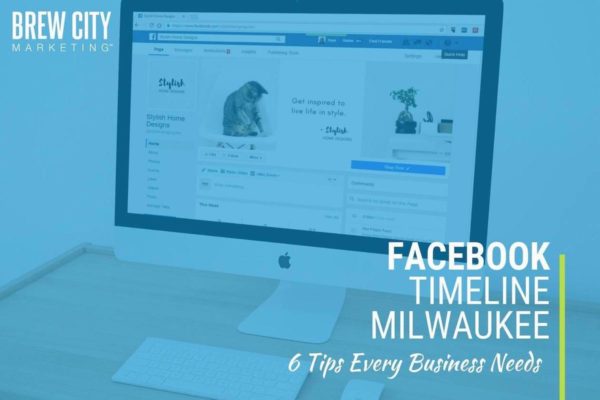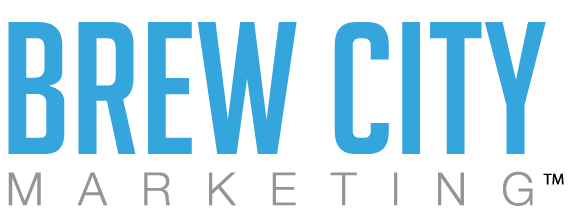
In January 2012, Facebook transitioned to something called Facebook Timeline. This new change to their service was aimed at presenting information in a more scattered, curated format. One complaint that individuals and businesses often have about Facebook, or any other social media platform, is that it changes too frequently. Indeed, when it comes to social media, it seems that every week there is a new contender, new platform or new update to manage.
The fact is, Facebook remains the standard and is still one of the most powerful tools businesses can use to reach their audience. If you understand Facebook’s ideology and motivation for taking such drastic measures, you will be able to effectively utilize this medium.
Ultimate Guide to Your Facebook Timeline
It’s interesting to note that Facebook was never intended to be a promotional tool for companies. Instead, it was a place for people to connect with each other. Only later did it adopt the concept of pages for businesses, and only then so companies could interact directly with their target market.
Most businesses were able to tweak the old Facebook pages to work for their promotional efforts through landing pages and like-gating. However, the new Timeline ensures that companies must post fresh content often and make a concerted effort to reach out to fans in order to remain relevant on the site.
After you read this, you will be able to take advantage of the features to connect with your audience on a more personal level – the way Facebook originally intended. In addition, you can even find new strategies that will ultimately make Facebook a successful marketing medium for your business.
Facebook Timeline Checklist
To help you optimize your Facebook Business Page, here is a simple checklist designed to help you choose the right settings and effectively set up each feature.
1. Choose a Cover Photo
The cover photo stretches across the top of the Facebook page and should be of high quality. The dimensions of the cover photo are 851 pixels by 315 pixels. In general, the cover photo should be a good representation of your brand and is a great opportunity to let your creativity shine. You can even switch your cover photo every so often to observe how it impacts the level of engagement that your page receives.
2. Upload Your Profile Picture
This is the photo that will be shown next to any of your status updates, comments, or other posts. On a computer, your profile picture is displayed at 170 x 170 pixels; on a smartphone, it’s 128 x 128. You need a picture that will be clear and easy to identify both in its full size and when scaled down – such as your company logo.
3. Check Business Classification
Make sure that your business is classified correctly. Additionally, check your contact information, business hours, address and other basic information for accuracy.
4. Organize Your Views and Apps
Below your cover photo and profile picture is the standard “about” section. Here you can choose up to 12 apps to be placed at the bottom of your page. You can even arrange all apps according to relevance and importance
5. Create Milestones
When posting information to your Timeline, there will be some stories which you may deem more newsworthy than others. You can add noteworthy events such as store grand openings, dates in which goals were met, special awards and other notable dates in your company’s history.
6. Decide if You Want to Enable Audience Messaging
If you so choose, the Facebook layout allows you to enable private messaging. This is a great way to privately address customer service issues rather than doing so publicly. In addition, this provides a great opportunity to receive feedback from your customers.
Benefits of a Facebook Business Page
Generally speaking, most business pages on Facebook don’t show up on timelines as they have shifted to more of an advertising format. Just having people like your page isn’t enough. It’s crucial that you have an active Facebook page so that people checking your business page are able to view your latest projects, read company news, and more.
So, how do you ensure that your Facebook page is visible for customer engagement?
Facebook allows you to create ads and where you run the ads are called “placements.” Placements help you reach more of the people you care about on the other places where they’re spending their time. This ultimately means that depending on the objective of your ad, they can appear on other platforms in addition to Facebook such as Instagram and Messenger.
Your audience is composed of a variety of people who are looking for creative content that they can engage with. The traditional rule for audience engagement is the 80/20 rule. 80% of your content should be for your audience with the remaining 20% being for your business (marketing, sales, self-promotion, etc.)
In short, the majority of your posts should be aimed at getting your audience to engage with your page. The Facebook Timeline demonstrates the importance of creating and sharing content that captures your audience’s attention.
Utilize Facebook to Connect with Your Audience
Other companies will lag their feet updating their design, and utilizing all of the features. You now have the opportunity to leverage the Facebook timeline and tell your business story in an engaging way. Use Facebook’s updates to achieve brand consistency, introduce calls-to-action and build an active following.
Now is the time to boost your brand with the power of social media. We understand the importance of building a brand online to grow your business and get results. Brew City Marketing provides social media set-up, consultation, and management to businesses in Milwaukee and the surrounding area. Contact us today to receive a customized social media plan.




